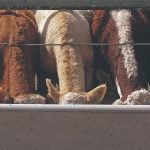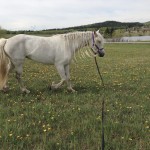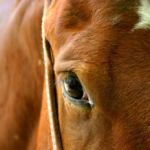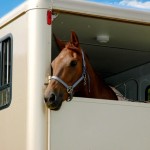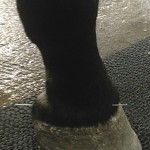At its most basic level, longeing (pronounced lunging) is a seemingly simple exercise. It asks a horse to move in circles around a handler. However, execution of this exercise can be either very beneficial or very detrimental to the horse, depending on “how” it is done. How a horse carries its body as it travels
